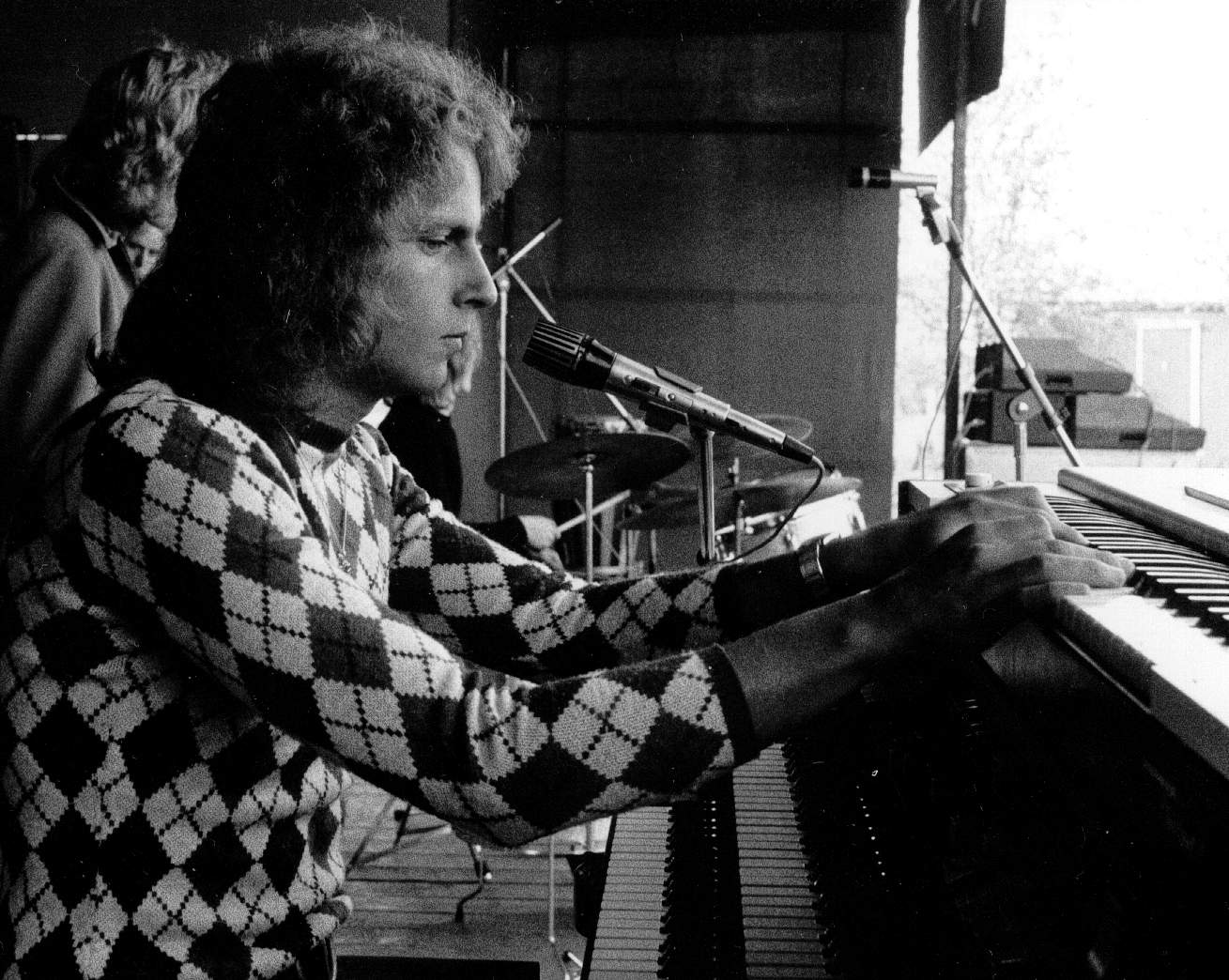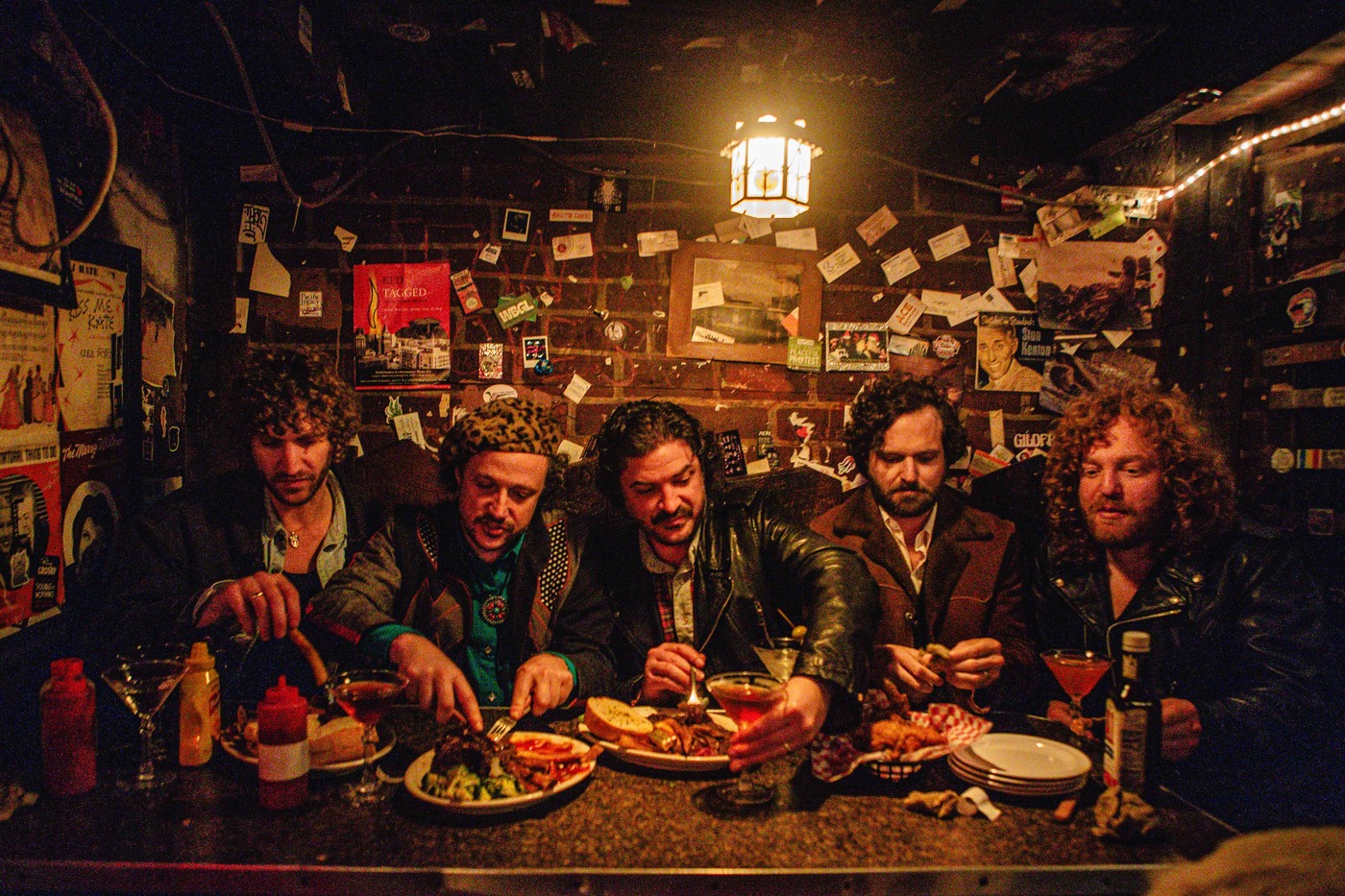Hans Lundin of Kaipa | Interview on the Reissue of ‘San Michael’s’
PQЯ-Disques plusqueréel proudly announces the reissue of San Michael’s, introducing this seminal pre-Kaipa masterpiece to a new generation, more than 50 years after its initial debut.
Hans Lundin, renowned for his pioneering work with Kaipa, reflects on the album’s genesis during a period of bold musical experimentation with his bandmates. This reissue arrives at a pivotal moment as Lundin continues to shape progressive rock with Kaipa, who recently unveiled their latest opus ‘Sommargryningsljus.’ Remastered to perfection, these tracks not only honor the original recordings but also beckon both longtime aficionados and fresh ears to delve into Lundin’s early musical odyssey.
San Michael’s reissue coincides purposefully with the launch of Kaipa’s 15th studio album, ‘Sommargryningsljus,’ which explores themes of existential rejuvenation in maturity. These essential albums – the eponymous 1971 debut and 1972’s ‘Nattåg’ – epitomize Scandinavian psych/prog excellence, encapsulating Kaipa’s evolution toward a sonic realm fusing Swedish psychedelia with European prog, fueled by Lundin’s dynamic organ mastery.
Mastered by renowned audio engineer Martin Igelström, these limited-edition treasures are available in just 300 numbered copies: 100 on classic black vinyl featuring inserts and a signed band photo, and 200 in striking splatter (for the debut) and mesmerizing marble (for ‘Nattåg’) vinyl editions. The exclusive batch with signed photos is available solely through PQR Direct’s webstore during the presale period.
Don’t miss your chance to rediscover the visionary origins of Kaipa and the enduring allure of San Michael’s – a testament to Lundin’s enduring impact on the progressive music landscape.
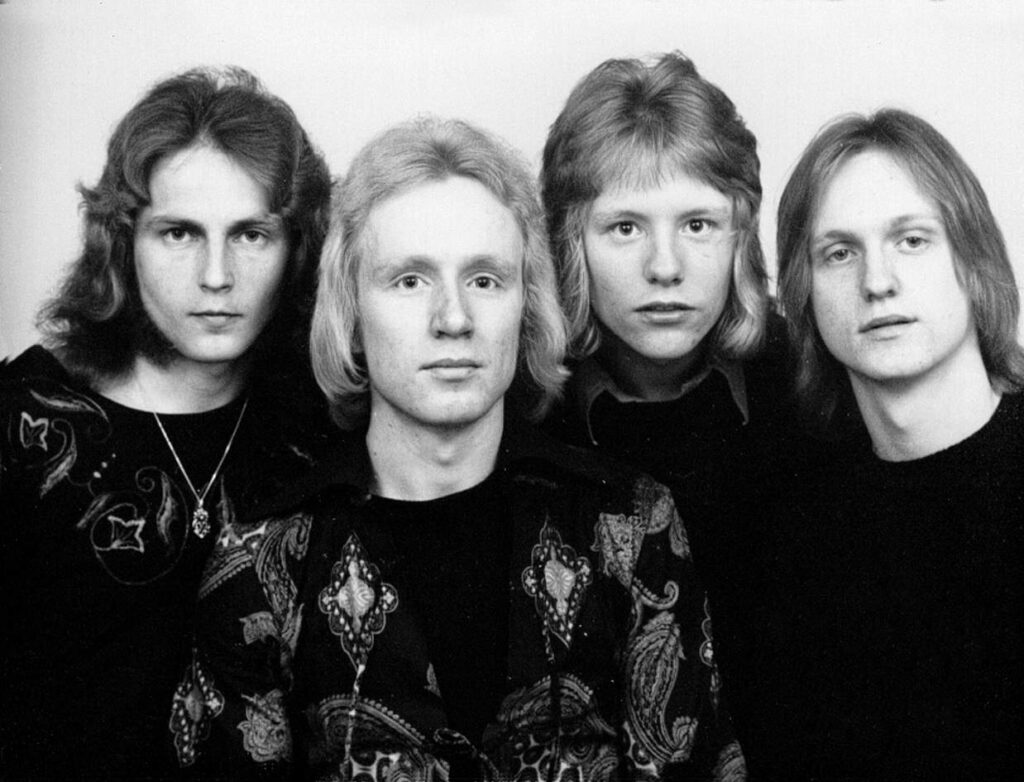
“Jamming was always a part of our performances”
It’s really wonderful to have you. Are you excited that San Michael’s is getting reissued by PQЯ-Disques plusqueréel?
Hans Lundin: It’s always nice when something you created over 50 years ago is reissued and reaches new listeners.
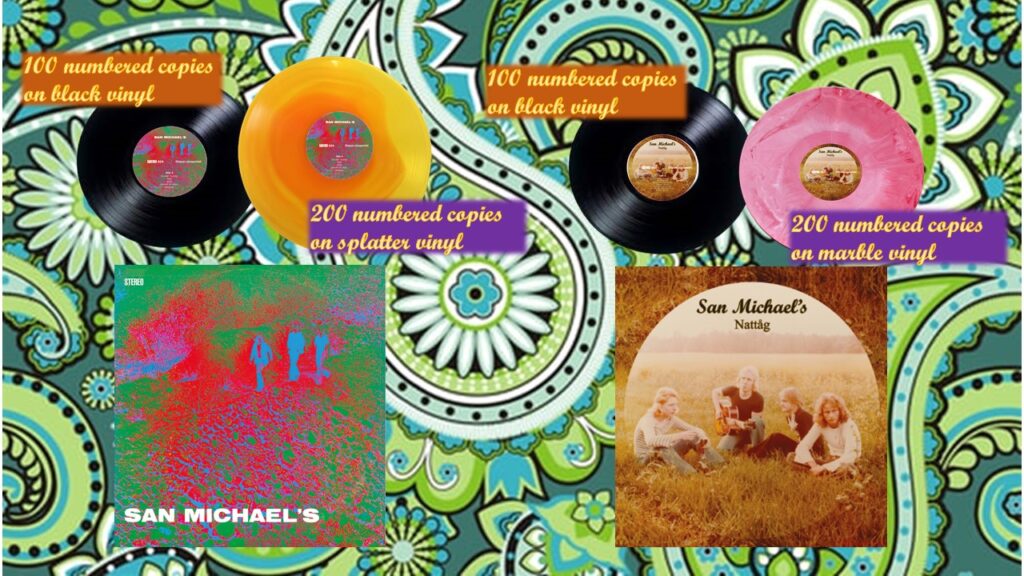
Listening back, what are some of the strongest memories from hearing your 1971 album, San Michael’s?
We were three young, ambitious musicians trying to get the most out of our instruments and voices.
You began your musical journey at a young age with Shakemen, later transitioning to Michael Sect. How did those formative experiences shape your approach to music and performance?
My father sometimes picked up his violin and played some Swedish folk tunes. Maybe it was then that my love for this music, with a mixture of sadness and joy, was born. On the Swedish radio, only easy-listening pop songs were played, so sometime around 1960, I started tuning in to Radio Luxembourg to hear the latest pop songs, mainly from England and the USA.
Then I would go to the local record store and ask for my favorites, and usually, they would manage to order those records so I could buy them as singles.
One of my favorite bands was a Swedish band called The Spotnicks, who had space-suit costumes as stage clothes. I also enjoyed artists like Little Richard, Elvis Presley, Eddie Cochran, Cliff Richard, and The Shadows, among many others. The songs were mostly 2 ½ minutes long.
In the beginning, like most Swedish bands at the time, we mostly played covers. But we always tried to find challenges. I remember we played Dave Brubeck’s song ‘Take Five’ in a 5/4 time signature. It was unusual but instructive. I used to say that the following years were “the best education I could ever get.” Nine years later, in 1973, I formed the group Kaipa.
How did you originally get into keyboard playing?
When I was seven years old, my parents bought a piano, and I started taking lessons at a piano school. It was mostly music by classical composers, and I found it really boring. After a few years, I started trying to play my favorite pop songs by ear, and then playing became much more fun. A schoolmate played drums in a local pop band and asked me if I wanted to play the organ in his band. Of course, I accepted, and in the summer of 1964, I made my first performance with The Shakemen.
You managed to record three singles and appear with some really big names like, for instance, The Moody Blues and The Zombies when they played in Sweden in 1967! How do you remember those days?
Happy days when nothing seemed impossible. We never looked back, only forward towards new successes.
Tell us about your manager, Thomas Nordlund. He made it possible for the band to perform alongside Van Morrison’s Them and the Downliners Sect.
At that time, it was important to have a manager who had a lot of connections in the music industry. He helped us a lot, and since we were so young at the beginning, our parents had to approve the contract we signed with him.
By 1968, you disbanded and began with a new lineup. Can you elaborate on how the lineup of San Michael’s got together and who were the other members of the band?
The band didn’t disband, but we changed members several times over the years. In 1968, we had gone from being a five-piece band to a trio. At the beginning of 1970, we were again a five-piece band, but six months later, we were again a trio. The members were Hans Lundin: Hammond organ and vocals, Tomas Eriksson: bass and vocals, and Gunnar Westberg: drums and vocals. It was at this point that we began to seriously develop our personal style with our own written material.
How did you get a deal with the “California” label, the Scandinavian branch of Imperial?
California Records was a small independent Swedish record label that ULAB studio had contact with. In 1971, they released our debut album ‘San Michael’s’ (California CLP 33505), and in the same year, they also released an album with another band from Uppsala, Renhjärta – ‘Glitt-Glitt’ (California CLP 33506).
Was there a certain concept behind your album?
No.
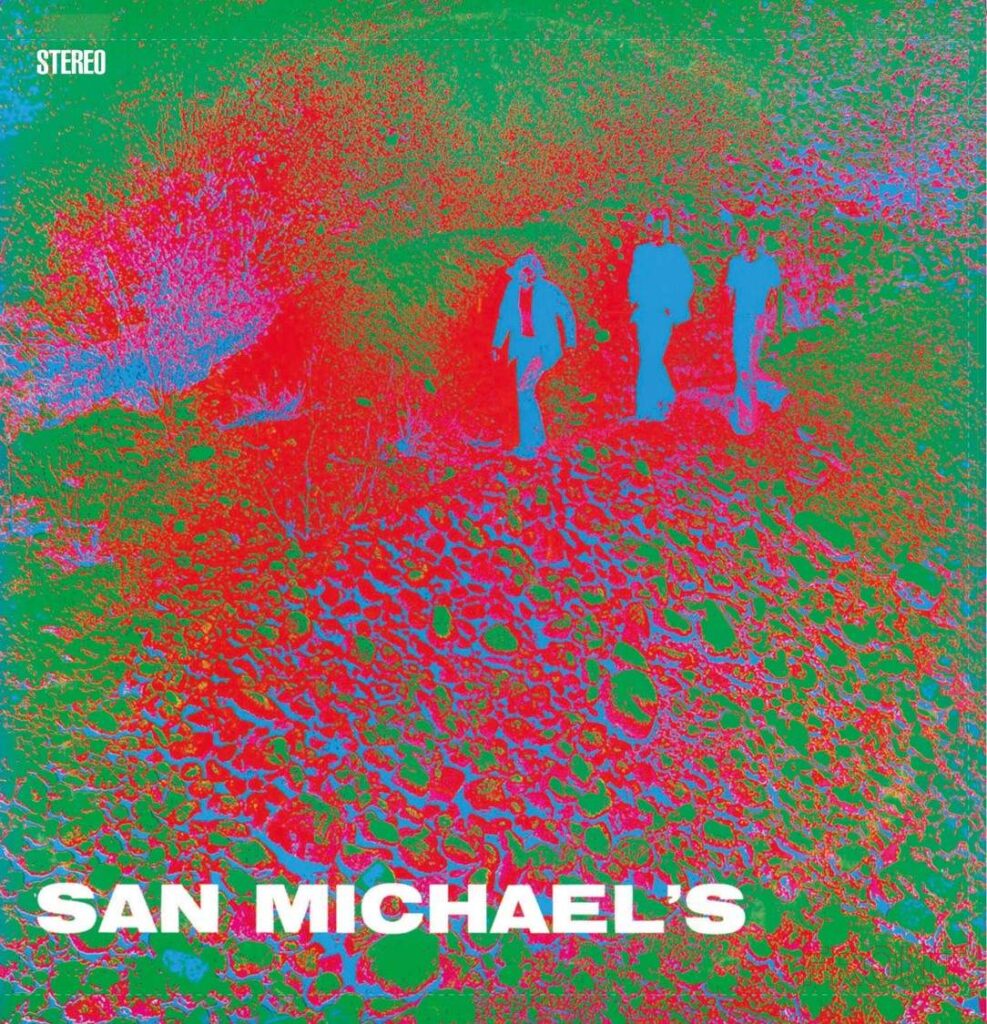
There were more lineup changes in the band too?
In the summer of 1971, we worked as the backing band for the very popular UK artist Emile Ford (1937–2016). We then needed a guitarist, so Nane Kvillsäter joined the band temporarily. After this tour, we continued as a trio, but in 1972 we asked Nane to join us and become a permanent member of the group.
Tell us about your gigs. You loved to jam on stage…
Yes, that’s right, jamming was always a part of our performances. We were also inspired by the band Vanilla Fudge, and like them, we chose to play other artists’ songs and rearrange them into heavy organ-based pieces where there was also room for improvisation. None of these were recorded on disc, but it would be fun and interesting to listen to this today.
What were some of your most memorable moments on stage, and how did the live experience influence your musical direction?
The song ‘Tredje Universum’ from our first album is a good example of where a jam develops into a song. Here, Nane also participates on guitar as a guest musician.
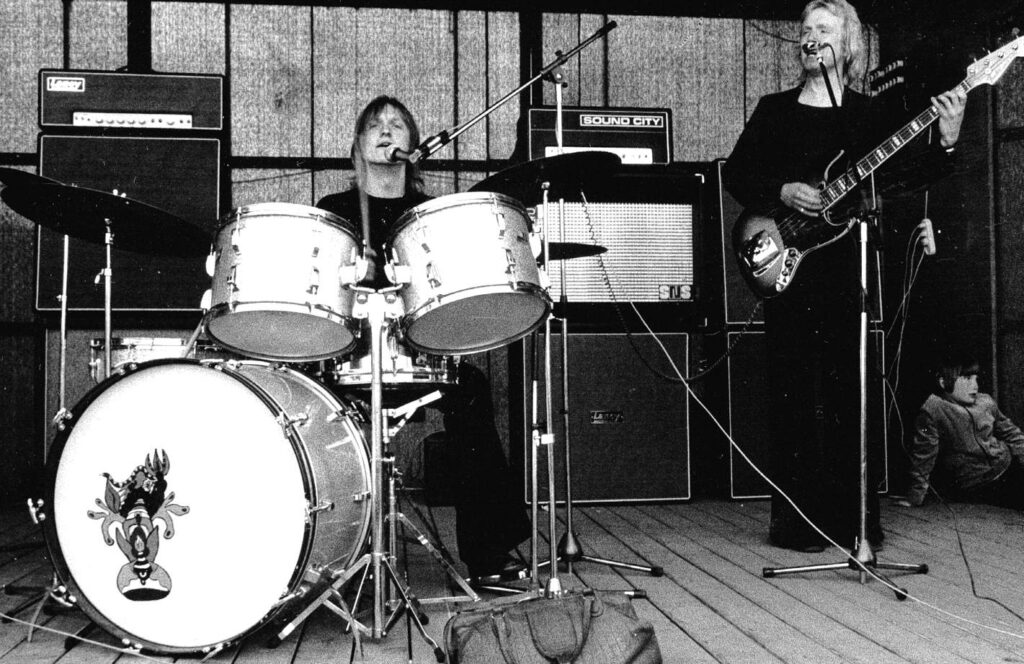
“We also incorporated influences from classical music”
Can you discuss the evolution of your musical style during this period and the influences that drove these changes?
We became a tight band and developed as musicians, which can be heard in the music. We also incorporated influences from classical music and maybe some folk music elements into our music.
Your second album with San Michael’s showcased a more varied and progressive sound. How did the burgeoning progressive movement influence your music, and what inspired the experimentation with new sounds during that period?
We probably took in everything we heard from other bands and developed it in our own way. At that time, I didn’t have a synthesizer yet; it wasn’t until 1973 that I got my first.
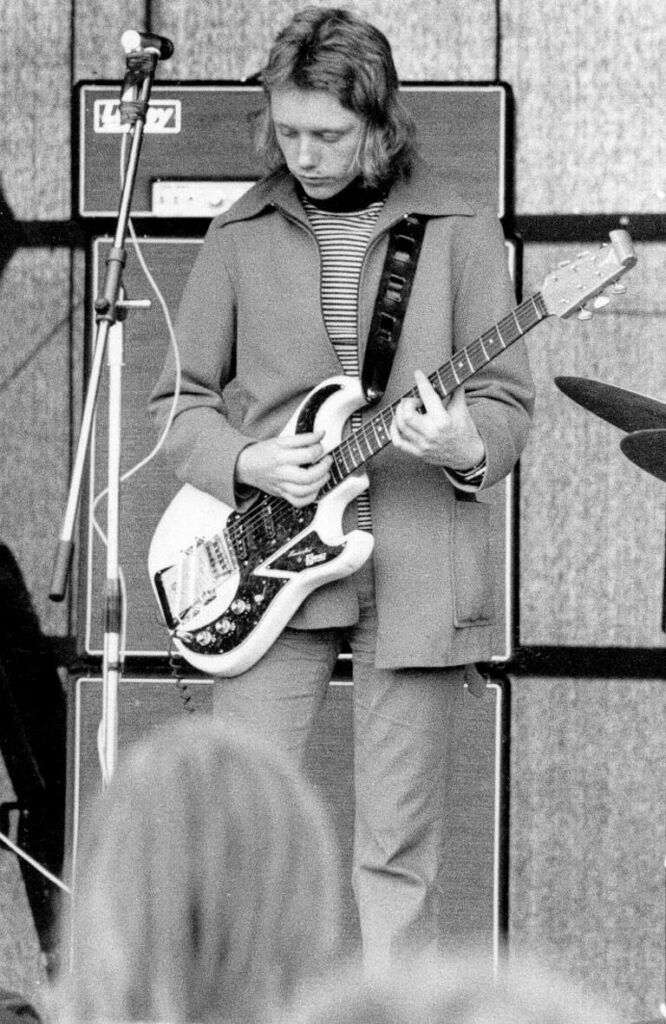
But the second album was never actually released? Only on acetate…
Our second album was recorded in 1972. At the beginning of 1973, the band disbanded, and as we had not managed to find a record company that wanted to release the album, nothing happened until 37 years later, in 2009, when the album was released for the first time on CD in Japan on the Marquee label. And now, 52 years later, it is released for the first time on LP.
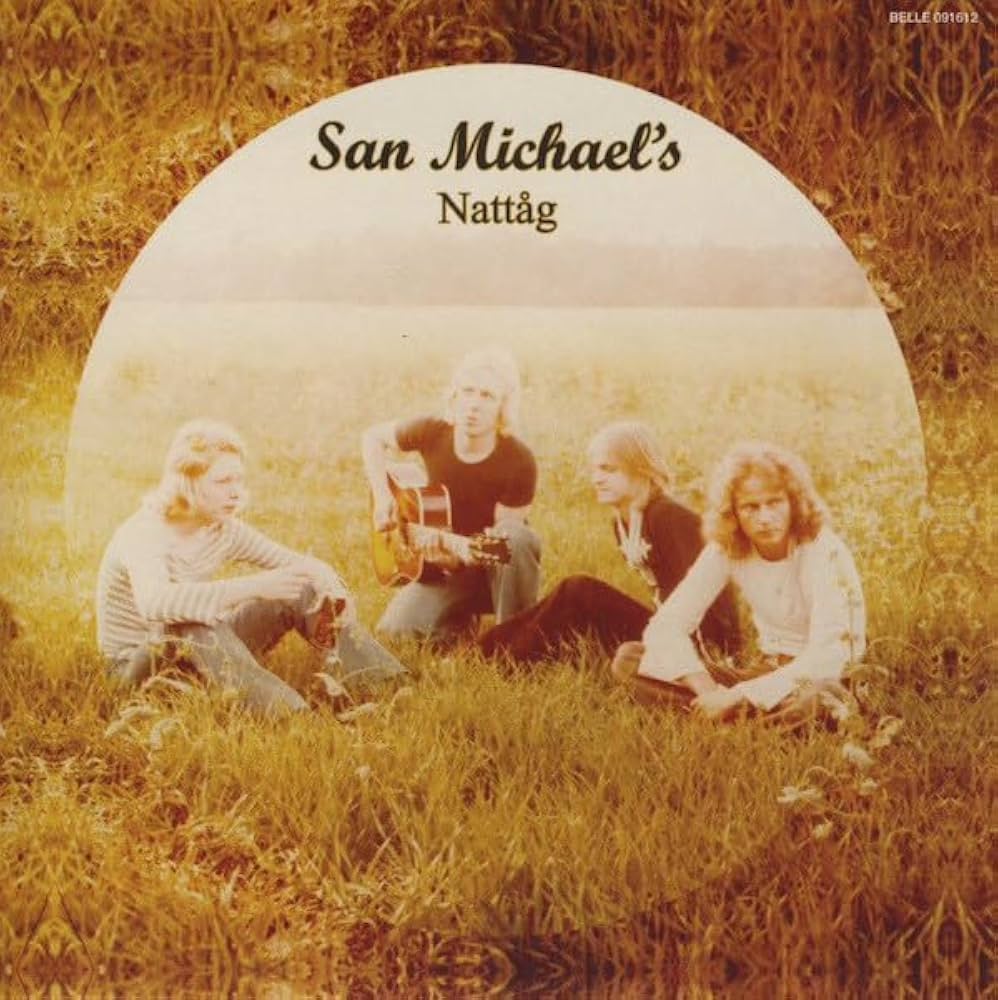
Two tracks from the unreleased second album were later picked up by Lars Samuelsson at the Four Leaf record label, which released them in cut-down versions on a 7” single, using the moniker Ura-Kaipa.
In 1973, I had formed the new band Ura Kaipa. When Lars wanted to release two of the songs from the San Michael’s album ‘Nattåg,’ we decided to use the new name to promote both the single and the new band.
As a self-taught organ player, how did you approach songwriting and collaboration within the band? Were there any particular moments of creative synergy that stand out to you?
Most of the songs on the album ‘San Michael’s’ were written by me, some of them together with former guitar player Thomas Ullström. On Nattåg, we shared the songwriting more within the band, but most of the final arrangements of the songs were created by the band together.
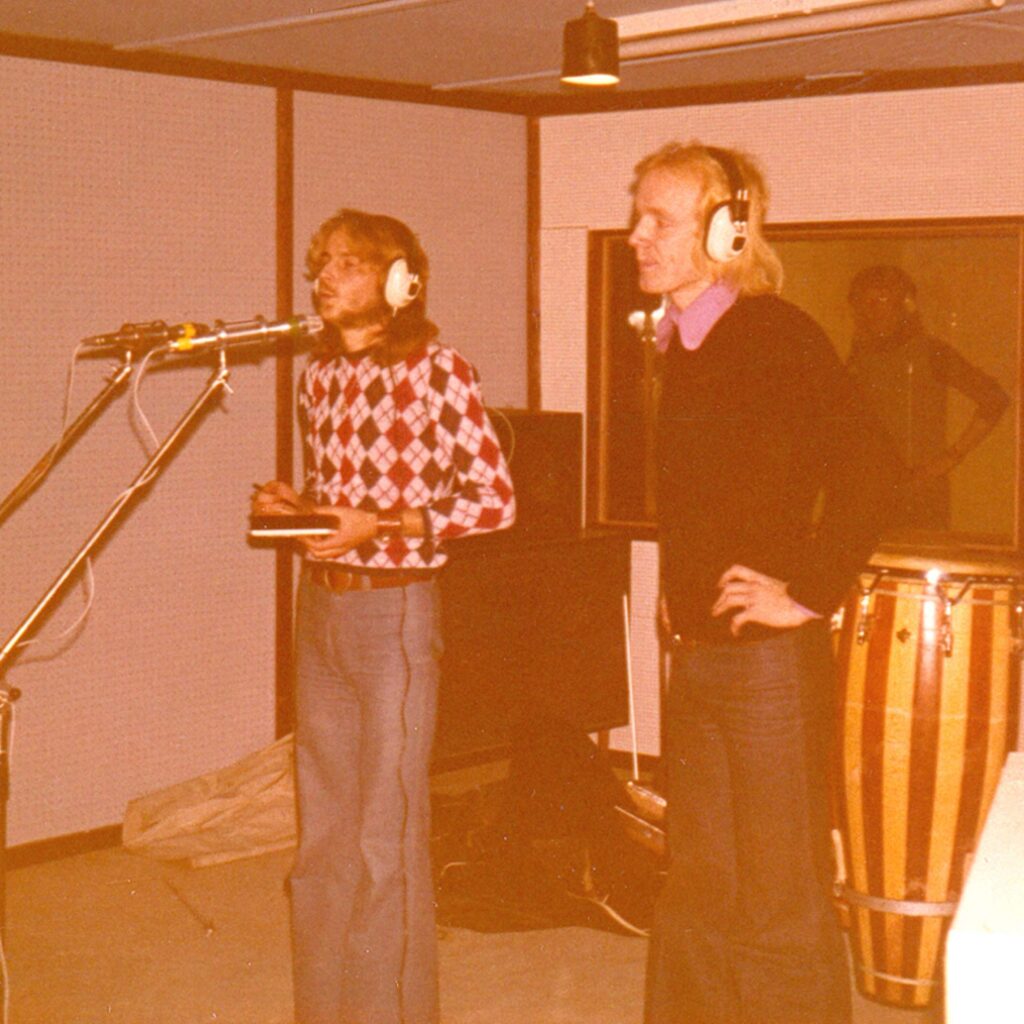
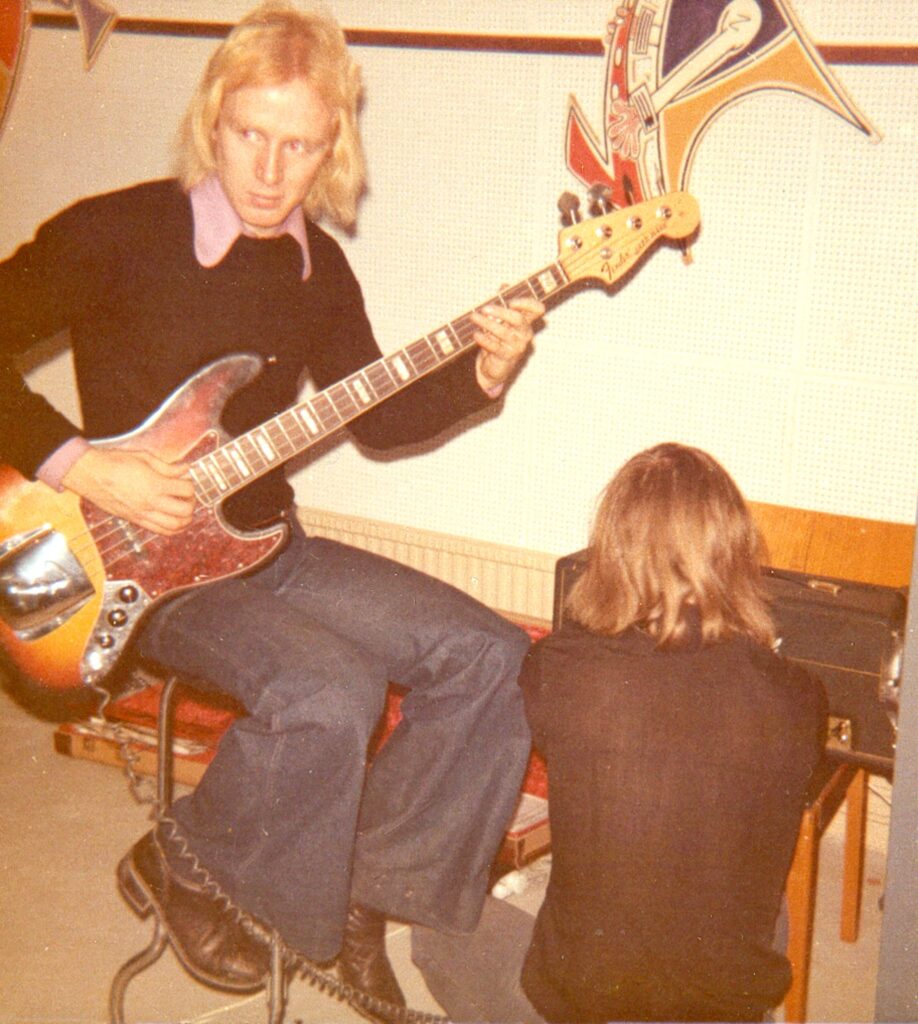
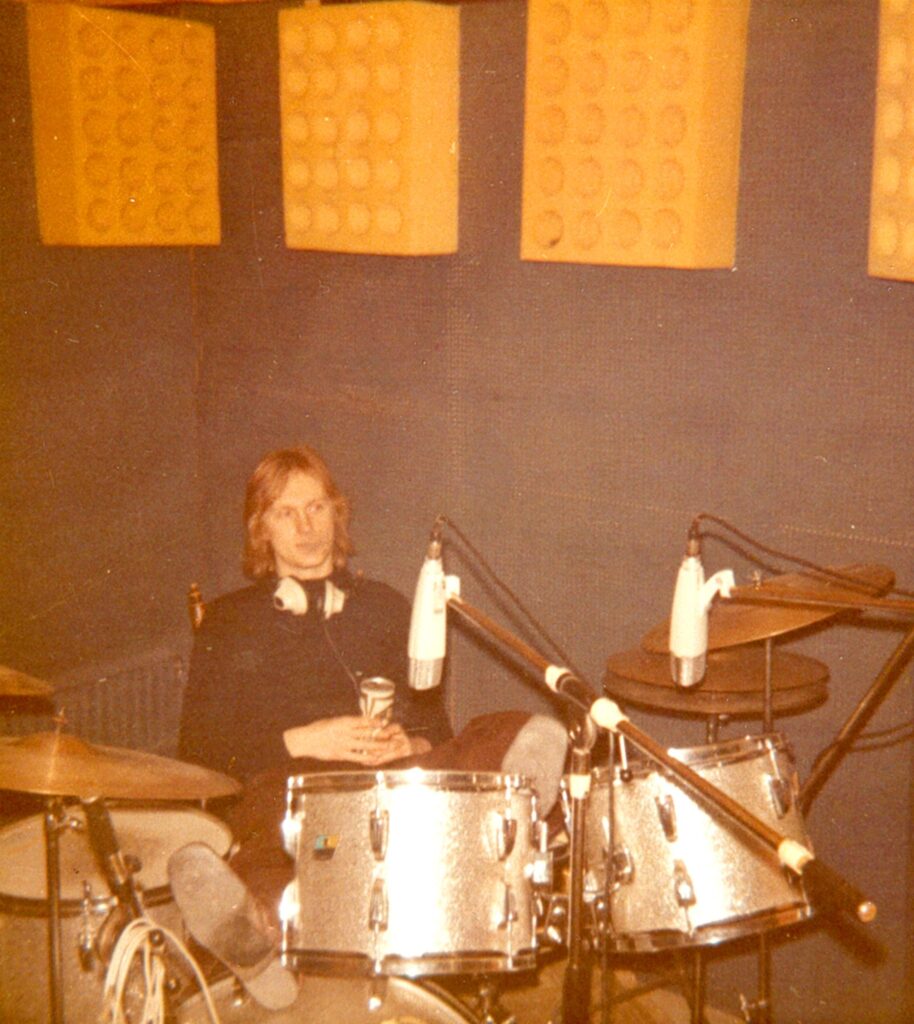
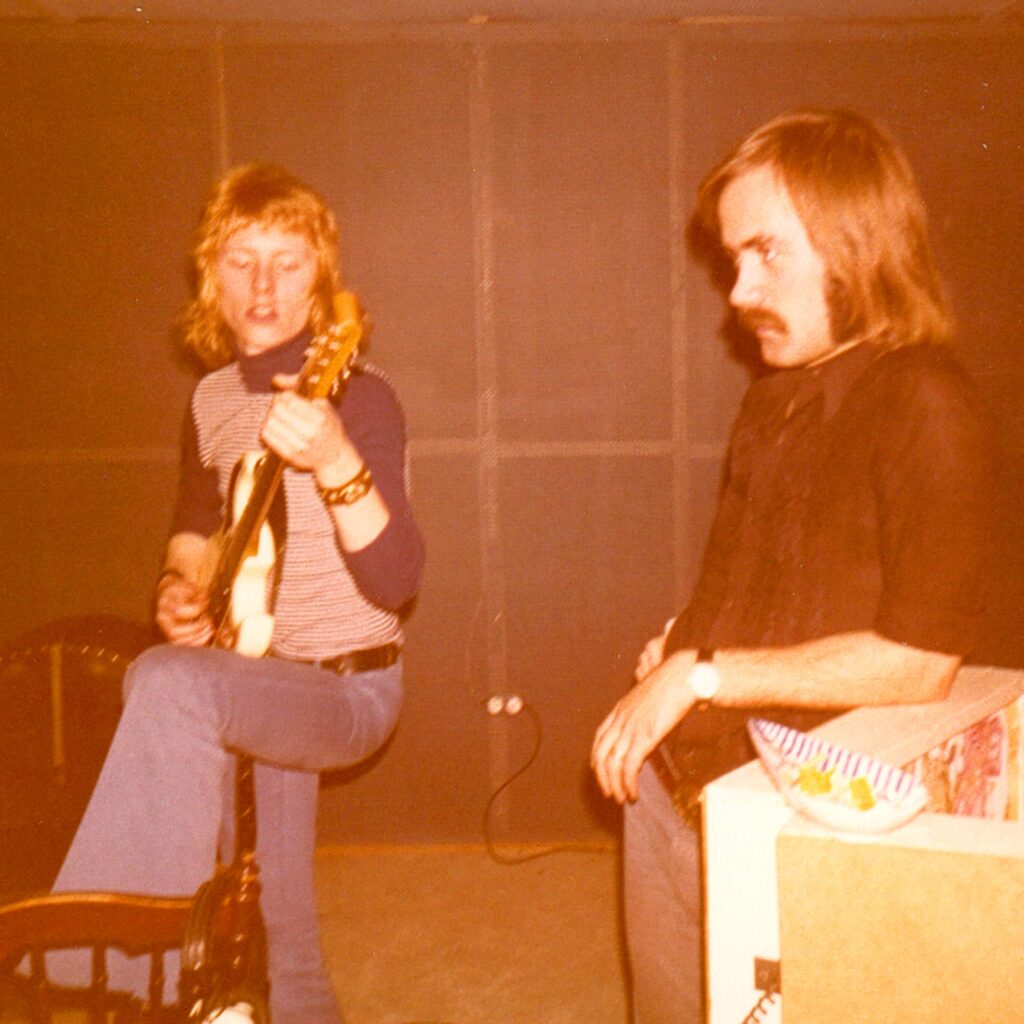
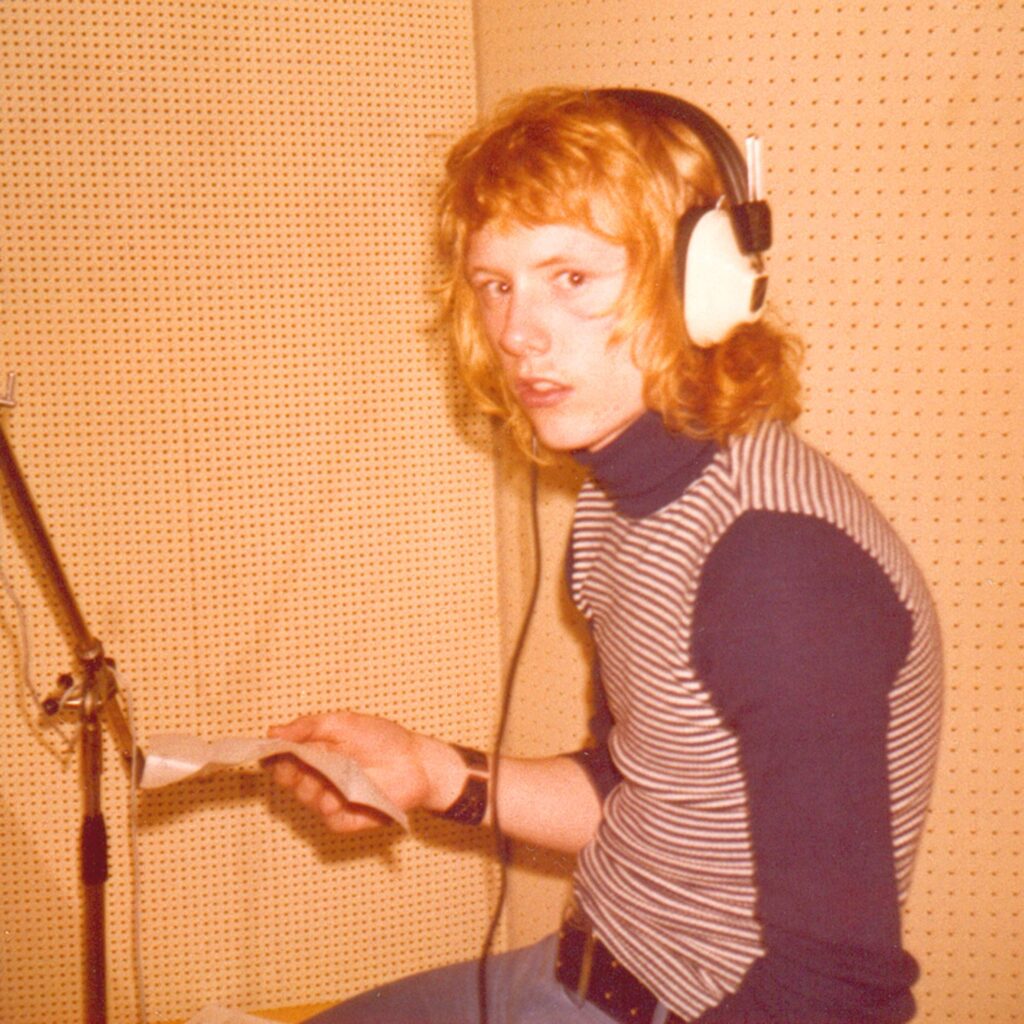

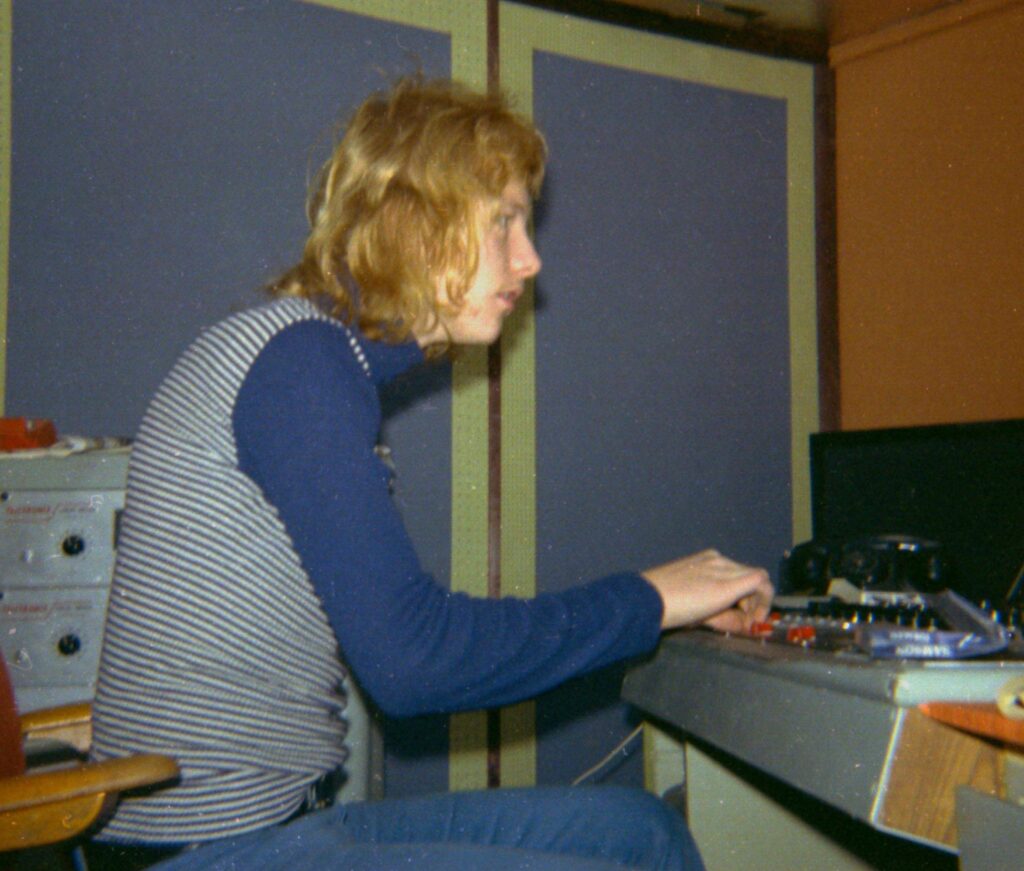
Would you love it if you could also take us on a journey of how Kaipa was born and what are some of your favorite memories from recording those amazing albums?
In the beginning of 1973, San Michael’s disbanded when our drummer Gunnar Westberg took the offer to go on tour with Swedish organ player Merit Hemmingson.
Tomas, Nane Kvillsäter, and I went on a tour with Harpo, a new star who was going out on his first tour. He later had a worldwide hit with the song ‘Moviestar.’ Later that year, I decided to form the band “Ura Kaipa.” In 1974, we shortened the name to Kaipa, and guitarist Roine Stolt joined the band.
In 1975, Leif Mases, who recorded the San Michael’s album at ULAB Studio in Uppsala, had moved on in his career and now worked as a studio technician at Marcus Music studio in Stockholm. We sent him a Kaipa demo, which he played for the studio’s owner, Marcus Österdahl, who offered us the opportunity to record a demo. This led to a record deal with Decca and the first three albums with Kaipa. On the second album, ‘Inget nytt under solen’ (1976), Leif was the sound engineer and produced the album together with us. In 1980, we worked together again in the Polar studio (ABBA’s studio) in Stockholm when we recorded the album ‘Händer.’
Leif became a well-known studio engineer, recording albums with Led Zeppelin, Jeff Beck, Europe, and many others.
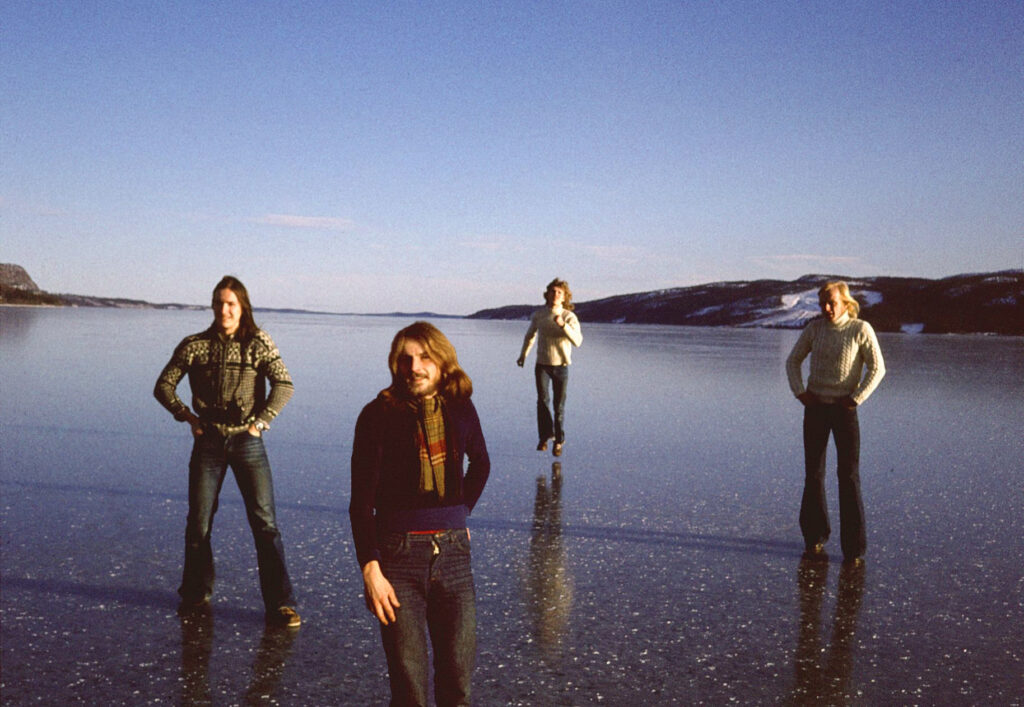
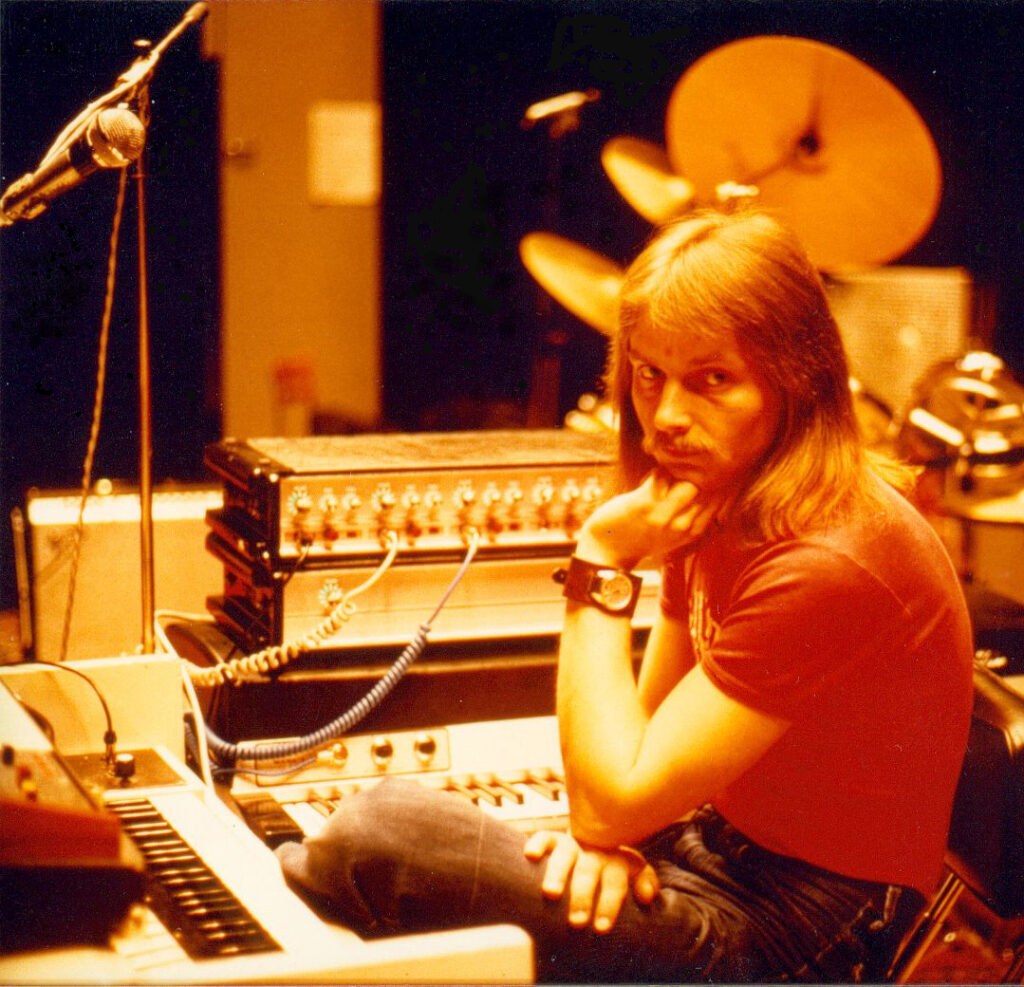
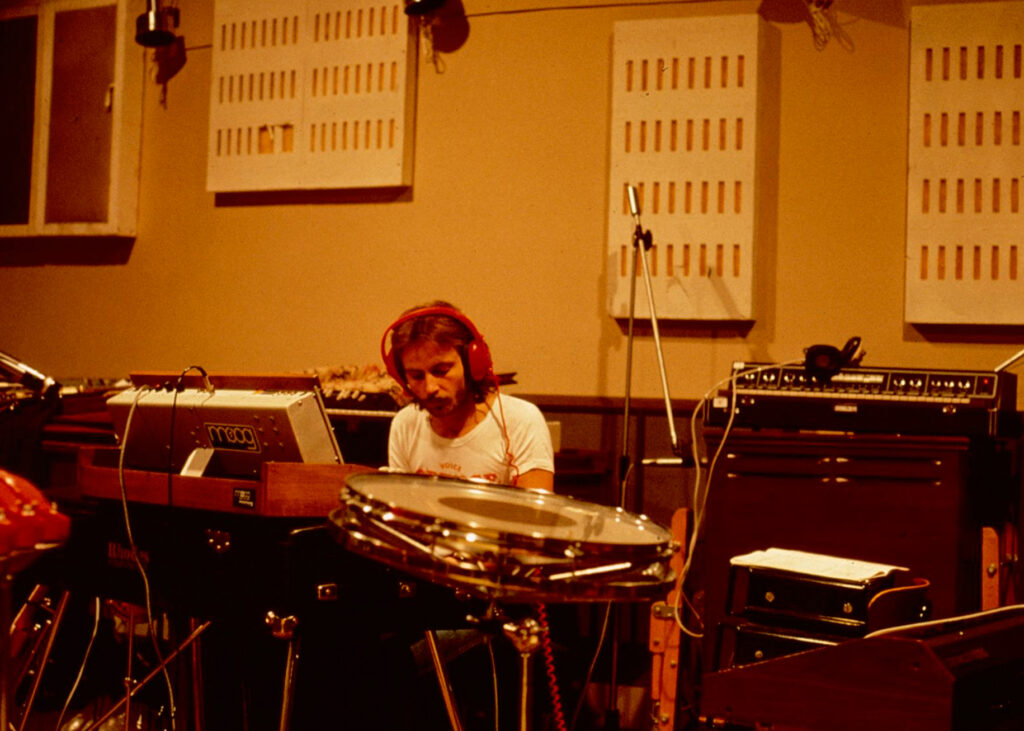
Kaipa quickly became Scandinavia’s leading progressive rock band, released five albums, and performed more than 500 concerts during the years 1974–1982 when the band disbanded.
In 2001, I restarted the band with new members and got a record deal with Inside Out, the world’s leading label in progressive rock. Since 2002, we have released ten albums, and the latest, ‘Sommargryningsljus,’ was released in June 2024. The members today are Hans Lundin: keyboards & vocals, Per Nilsson: guitars, Jonas Reingold: bass, Darby Todd: drums, Aleena Gibson: vocals, and Patrik Lundström: vocals. I don’t like labels, but I use to describe our music as “progressive folk-fusion-rock.”
You also did some fantastic solo work, like, for instance, ‘Tales’…
During the ’80s, I continued to write music and released three solo albums: ‘Tales’ (1984), ‘Visions of Circles of Sounds’ (1985), and ‘Houses’ (1989). In 2019, the 6-CD box set ‘Hans Lundin: The Solo Years 1982–1989’ was released, which includes the three remastered albums along with three albums of previously unreleased material, also including some Kaipa demos.
What are some of the most important players that influenced your own style, and what in particular did they employ in their playing that you liked?
No one special, but I remember when the Spencer Davis Group played in Uppsala in the ’60s and I heard the heavily distorted sound from Steve Winwood’s Hammond organ. It was magical, and from that day I was fully convinced to get similar equipment to play on. In 1968, I had saved enough money to buy a used Hammond M3, and two years later, in 1970, I bought my Leslie.
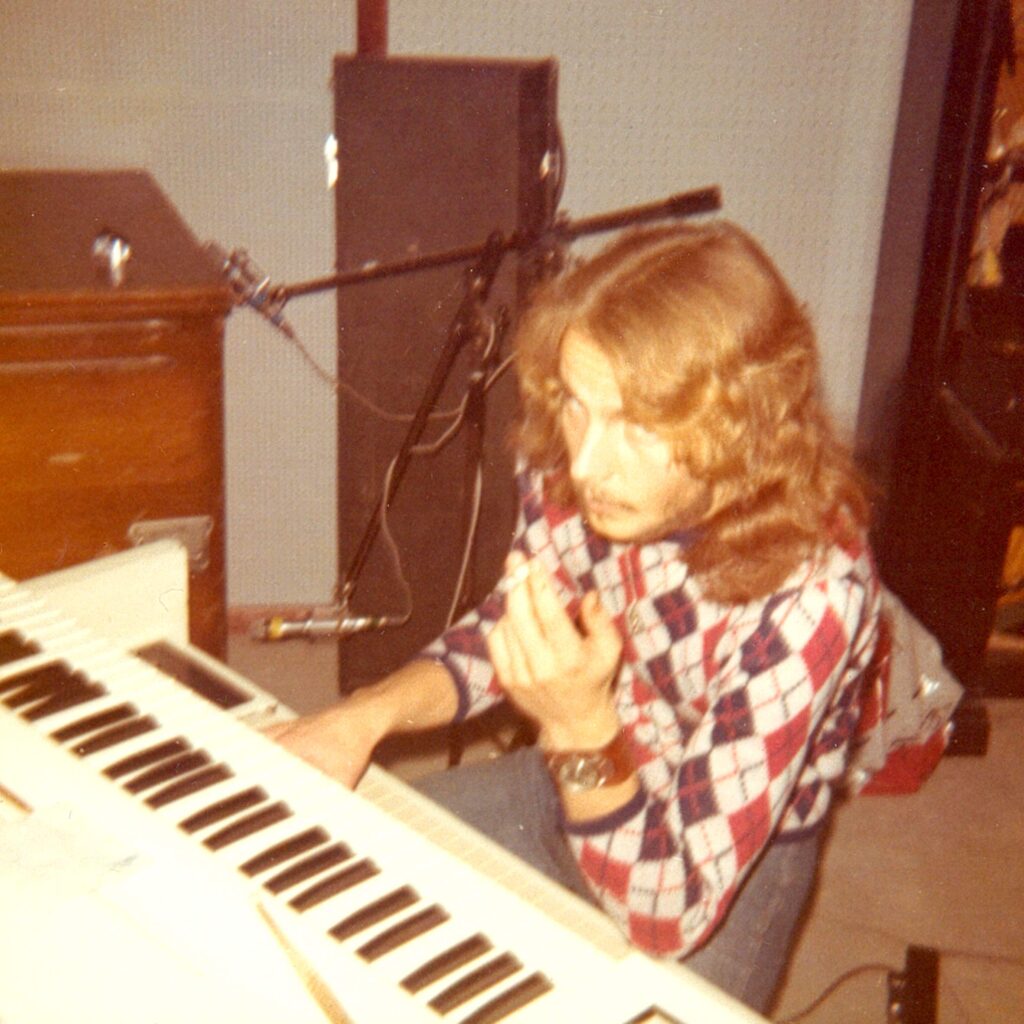
Would love to hear some words about your recent Kaipa albums, ‘Urskog’ and ‘Sommargryningsljus.’
‘Urskog’ was released in 2022. The new album is called ‘Sommargryningsljus. I am very happy to announce the release of this album after 60 years as a musician. My first gig took place in the summer of 1964.
“A whispering dawn the sun’s on its way to open up a brand new day out of the shadows of the night” is the opening phrase of the song ‘Songs in Our Hands.’
The dawn theme has always been close to my heart in my songwriting. On the self-titled debut album released in 1975, 49 years ago, I wrote about this in the song ‘Se var morgon gry.’ Also in the songs ‘Dagens port’ and ‘Visa i sommaren’ on the following albums, I returned to this theme. With the new album, I close the circle and return to where it all began.
‘Sommargryningsljus’ contains eight tracks portraying a nocturnal journey from dusk until dawn, with the first two tracks representing twilight and the closing two indicating dawn. This nighttime odyssey can be seen as a metaphor for the state between death and rebirth, or as an allegory of life told in reverse.
As a bonus track, ‘Sommargryningsljus (single edit)’ is included, where the entire song can be heard as it was originally written, including ‘Sommarskymningsljus.’
The basic structures of two of the songs on the album (‘Seven Birds’ and ‘Spiderweb Train’) were originally written in the late ’90s, the same period as the songs for Kaipa’s comeback album ‘Notes from the Past’ (2002) were written.
I found two old long instrumental songs that I really liked. I only had the songs mixed on a cassette tape. At the time when they were recorded, I used an Atari computer and the Logic program Notator, where I could record MIDI files addressed to all my different keyboards. The songs were saved on a floppy disc. I managed to transfer these MIDI files into my modern recording system and slowly rebuild these old songs. I had to dust off a couple of old synthesizers that had not been used for many years to find some of the original sounds I used at that time. I edited the songs, removed some parts, and wrote some new bridges. I also decided to use some of the instrumental melodies as vocal tracks and wrote lyrics. One of the songs was called ‘Seven Birds,’ and it inspired me to write lyrics where I could keep the title intact. Some of the synthesizer solos on these tracks are actually recorded in the ’90s. Working with these songs was really fun and inspiring, and I felt I was building a bridge between the past and the future, the old and the new. This is the 10th Kaipa album on ‘Inside Out,’ and I think it’s logical to celebrate this with two songs that are like a melting pot, born some 25 years ago and dressed up for success today.
What currently occupies your life?
Enjoying the Swedish summer after a long, unbearable winter.
Looking back, what was the highlight of your time in the band? Which songs are you most proud of? Where and when was your most memorable gig?
Recording our first single in 1965.
S:t Michael Sect being rated in Oslo, Norway as the best Nordic pop group of 1965.
Recording San Michael’s albums.
Recording all 15 Kaipa albums.
Touring with S:t Michael Sect, San Michael’s, and Kaipa from 1964–1982 and having the opportunity to meet all the wonderful people who came to listen to us.
I’m proud of all my songs and all our gigs.
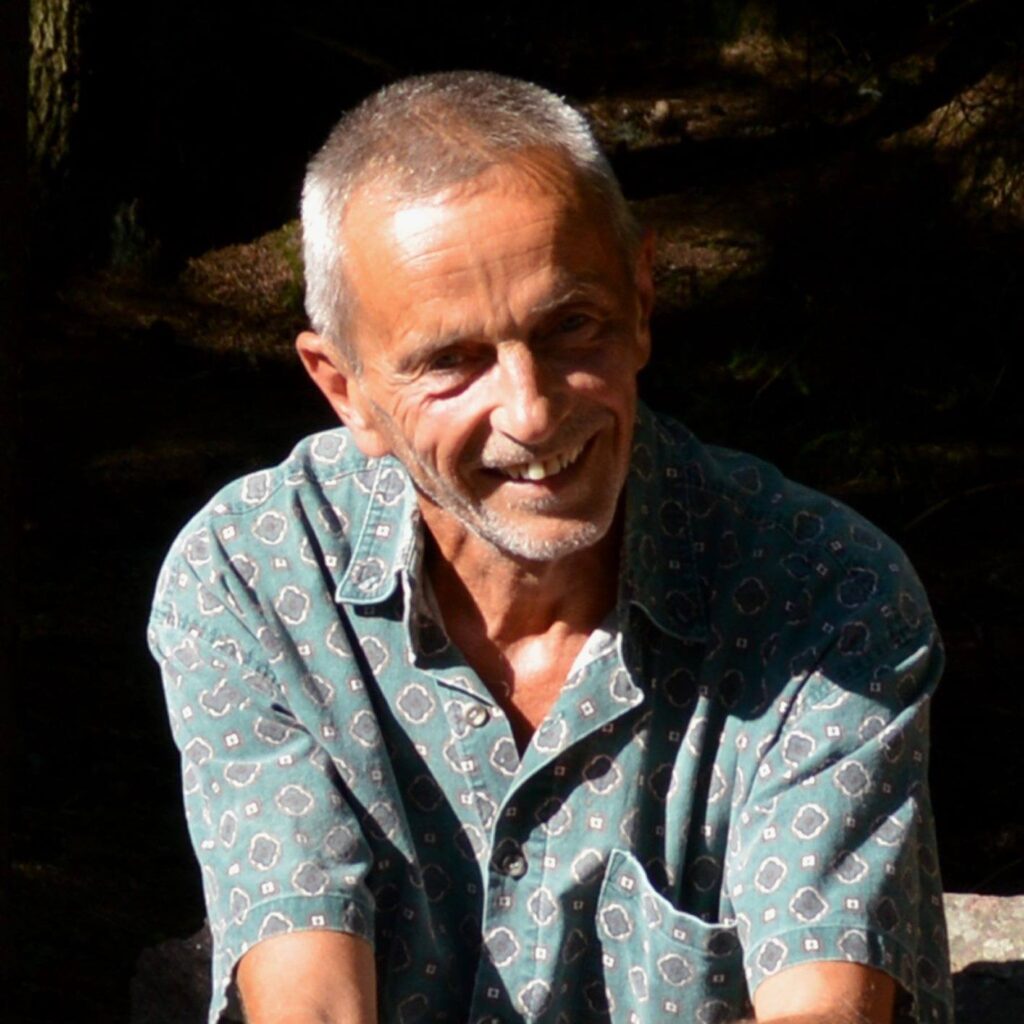
Thank you for taking the time. The last word is yours.
It’s unbelievable that sixty years have passed since I played my first gig. I’m happy for all these years filled with music and that I can still keep going and create new music.
Klemen Breznikar
Headline photo: Hans Lundin
Kaipa Official Website / Facebook
PQR-Disques plusqueréel Official Website / Shop / Facebook / YouTube

